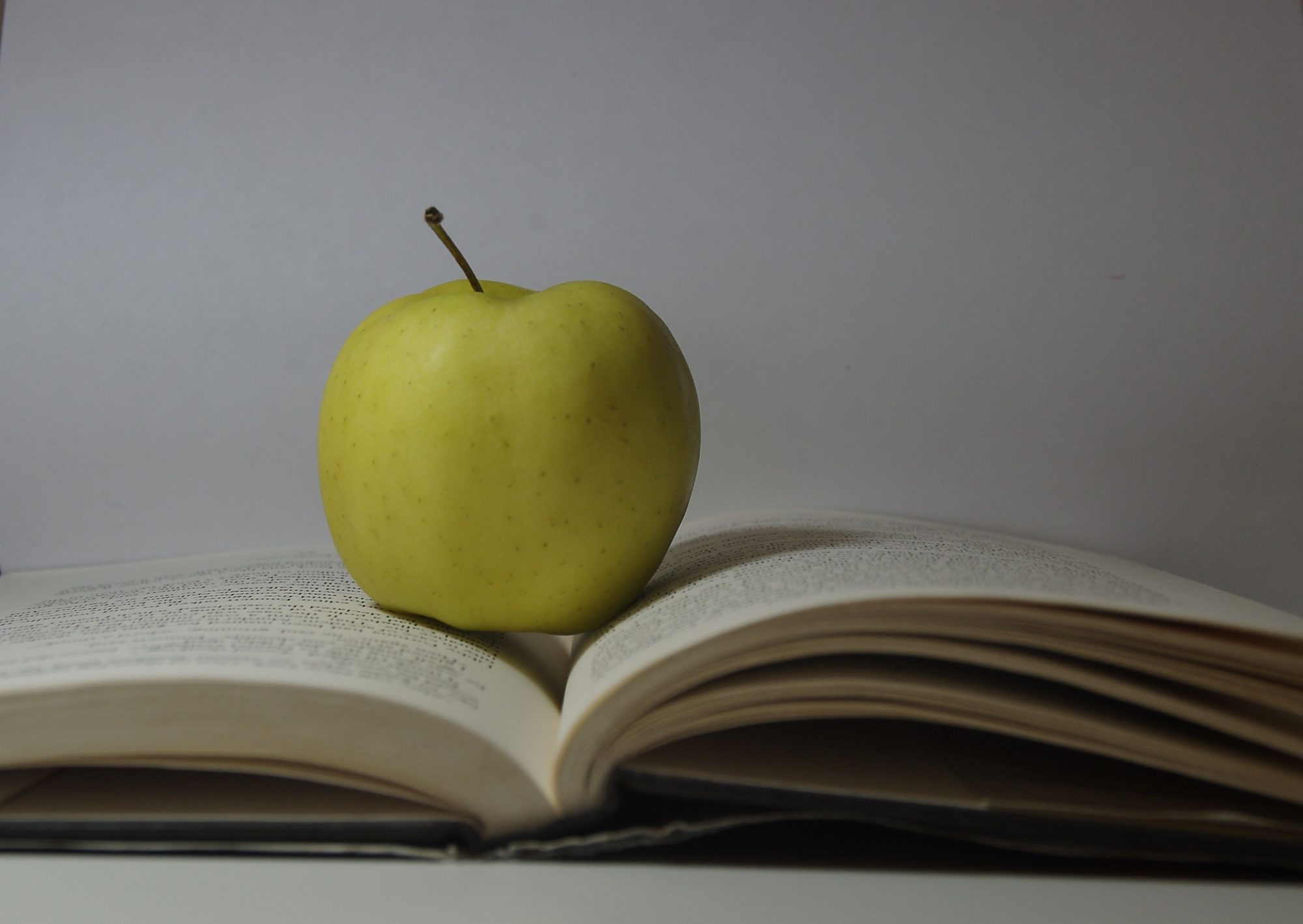Oh my! Did I really use that title???? Why yes, yes, I did! I believe it fits perfectly with today’s question: What is literacy?
For many years literacy was seen as the ability to read and write – a definition that was short, sweet, and right to the point. But as does everything in education, it has evolved. The problem, as I see it, is what it has evolved into.
Recently I googled “literacies” and counted over 50 literacies listed in articles, websites, blogs, advertisements, etc. Here are a few: digital, media, recreational, disciplinary, civic, multicultural, information, functional, content, early, developmental. critical, visual, game, financial, new, textual, and ethical. Whew! I could go on but I know readers skim over lists, and the list is not the point of this blog. It seems as if every day there is a new word connected with literacy, and it becomes part of the growing list. Maybe I should create a new literacy. Let’s see . . . Fuel gauge literacy. Did you know that most, if not all, vehicles have a picture of a gas pump on the fuel gauge, and next to the gas pump is a small arrow that indicates which side your gas tank is on? Can’t remember which side of the car to put gas in? Look at the gas gauge. Congratulations! You are now proficient in gas gauge literacy! (I wonder how many of you are going to check your gas gauge to see if there really is an arrow.) I jest, of course, about this type of literacy, but one’s head does start to spin when facing all these literacies.
I spent some time reading through the definitions of each of the literacies that I found. Some definitions were long. Some were short. Some used really big words that I must admit, I needed to look up. Others were more friendly. But I discovered a common thread! The thread consists of 3 components: Capture, Comprehend, Communicate.
Let’s start with CAPTURE. Whatever the literacy, something is being captured: words, numbers, symbols, sounds, ideas, pictures . . . This would be the “reading” portion of literacy.
Next is COMPREHEND. This is the understanding or interpretation of what has been captured. This occurs in one’s head and cannot be seen.
Finally, there is COMMUNICATE. This is the ultimate goal of any literacy. Communication of one’s comprehension can be done through writing, creating, playing, speaking, or demonstrating. There are numerous ways that one can communicate his or her understanding of that which was captured.
So where does this leave us as educators when it comes to literacy? Everyone wants a piece of the literacy pie – at least 50 do that I could find! It really is not about the number of pieces but the essential ingredients that make up the pie. I suggest we as educators remain focused on the 3 key ingredients of literacy (capture, comprehend, communicate) so that any literacy – created or yet to be created – can be mastered.
